By Kerry Rego
Published October 2, 2025
Walking onto school campuses to talk to parents, administrators, and students always feels charged with electricity. I’m often called in after something awful has happened such as when a social media challenge gets out of hand, when students have begun bullying others online, or parents grow concerned about their children’s digital behavior. The adults that greet me are clearly worried and the kids reflect their energy – these campuses are tense.
Parents and administrators have a limited technology background and students know more than enough to be a danger to themselves and their friends. As a social media and technology educator, I learn what the problem is and develop solutions that match the needs of my audience.
The administrators and I often agree to address the audiences in two groups – parents and children. I speak to children during the day in assemblies then parents in the evening. The presentations are designed as companion pieces, giving all parties the same language in order to communicate with each other more effectively.
I encourage you to take a look at the Upcoming Workshops and Webinars offered by Community Matters or reach out to them to coordinate a program for your campus.
Every presentation I give includes a Family Safety Plan for Bullying, one geared for children and one for adults. You and your child might work through a bullying situation together but that won’t always be the case. Your child may be navigating it on their own without your knowledge. It’s a scary thought but our job is to teach them how to be safe because we won’t always be with them. They may find themselves helping a friend through a difficult situation and their action list will guide them through it.
Treat these safety lists like an emergency drill – children especially need to know the plan and they need to practice it. Print and review the plan as a family to make sure everyone knows what to do when/if an emergency happens.
The Family Safety Plans below are adapted from advice listed on the U.S. federal government website StopBullying.gov.
Family Safety Plan for Parents:
- Get Prepared Before Bad Things Happen
- Help your child identify at least two trusted adults in their life such as a parent, relative, school counselor, pastor, etc.
- Help your child identify their closest friends or their “crew.”
- Notice Behavior
- Monitor for changes in mood or behavior and explore what the cause(s) might be.
- Try to determine if these changes happen around a child’s use of their digital devices.
- Talk to Them
- Ask questions to learn what is happening, how it started, and who is involved.
- Create a Record
- Create and maintain a record of digital or physical threats and actions with dates of events and useful details.
- Take screenshots of harmful posts, content, and communications. Save links to any online content, if possible.
- Report to Authorities
- Report offensive content to the app or social media platforms to start the process of removal.
- If the behavior happens at school, report to multiple school officials in this order – teacher, school counselor, principal, and superintendent. Keep records of your communications and let each person know whom you are reporting to keep everyone accountable.
- Inform your state Department of Education. Schools regularly fail to protect their students in cases of bullying and the more people you inform, the more likely you are to get assistance and action. If school officials aren’t helping, see the * at the end of this list.
- If the behavior happens in a non-school environment, report to the responsible adult or deciding body.
- If a child has received physical threats, or if a potential crime or illegal behavior has occurred, report it to your local police.
- Block the Bully
- Wait several days rather than blocking right away
- Increase protection and privacy settings
- Review online friends with your child. Delete any online friends or followers that may be fake. These profiles are often where bullies are hiding.
- Support
- Sometimes public intervention is appropriate. Adults and peers can positively influence a situation where negative content is posted about a child. This can include posting positive comments about the person targeted to shift the conversation in a positive direction. It can also help to reach out to the aggressor as well as the target of the bullying to express your concern about their well-being.
- Provide your love and support to the child experiencing bullying. Make sure they understand that they aren’t at fault. They might need professional mental health services to counteract the damage inflicted.
*There are no current federal laws that apply to bullying but you can learn more about the U.S. Department of Education’s Office for Civil Rights via the U.S. Department of Justice’s Civil Rights Division and options available to you and your child on StopBullying.gov.
Family Safety Plan for Kids:
- Tell a Safe Adult
- Identify at least two trusted adults in your life such as a parent, relative, school counselor, pastor, etc.
- Don’t Respond
- Engaging with the bully is adding kindling to the fire. We want to starve the fire and give the bully nothing to work with.
- Delete the apps off your phone or device, or block the offending website, rather than deleting the accounts. The bully can see you’ve deleted the account (kindling for the fire) but they can’t see that the app has been removed or the site blocked (lack of activity or response starves the flame).
- Create a Record
- Create and maintain a record of digital or physical threats and actions with dates of events and useful details.
- Take screenshots of harmful posts, content, and communications. Save links to any online content, if possible.
- Report to Authorities
- Report offensive content to the app or social media platforms to start the process of removal.
- If the behavior happens at school, report to school officials in this order – teacher, school counselor, and principal. Keep records of your reports.
- If the behavior happens in a non-school environment, tell the adult in charge. If they’re not a good option, go to your safe adults for help.
- If you’ve received physical threats, or if a potential crime or illegal behavior has occurred, report it to your local police.
- Block the Bully
- Wait several days rather than blocking right away
- Increase protection and privacy settings
- Delete any online friends or followers that you aren’t sure if they’re real. These profiles may be where bullies are hiding.
- Involve Your Crew
- Send up an “I Need Help” signal to your friends
- Talk to them about what’s going on and how you feel
- Get mental health support if you feel it would be helpful
Downloads
PDF by Kerry Rego
Google Doc Kids & Parents
____________________________________________________________________
Kerry Rego is a social media consultant, trainer, author, and speaker. Specializing in social media marketing, Kerry is associate faculty at Santa Rosa Junior College, a subject matter expertfor California Community Colleges, and a former lecturer at Sonoma State University. She has authored four books about social media strategy and reputation management.
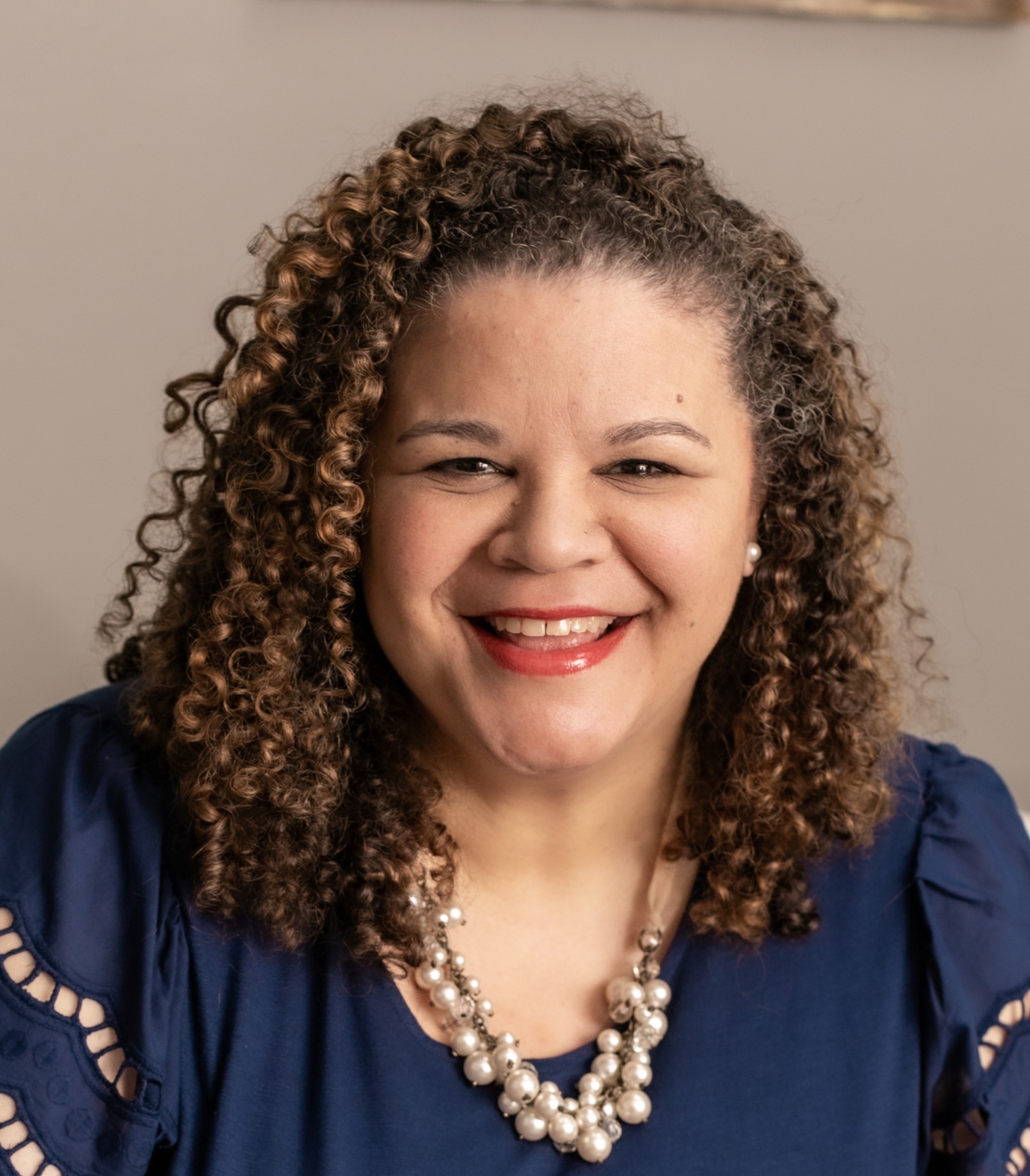
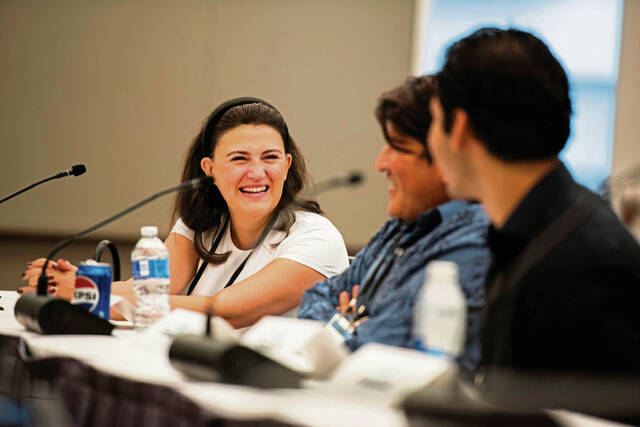
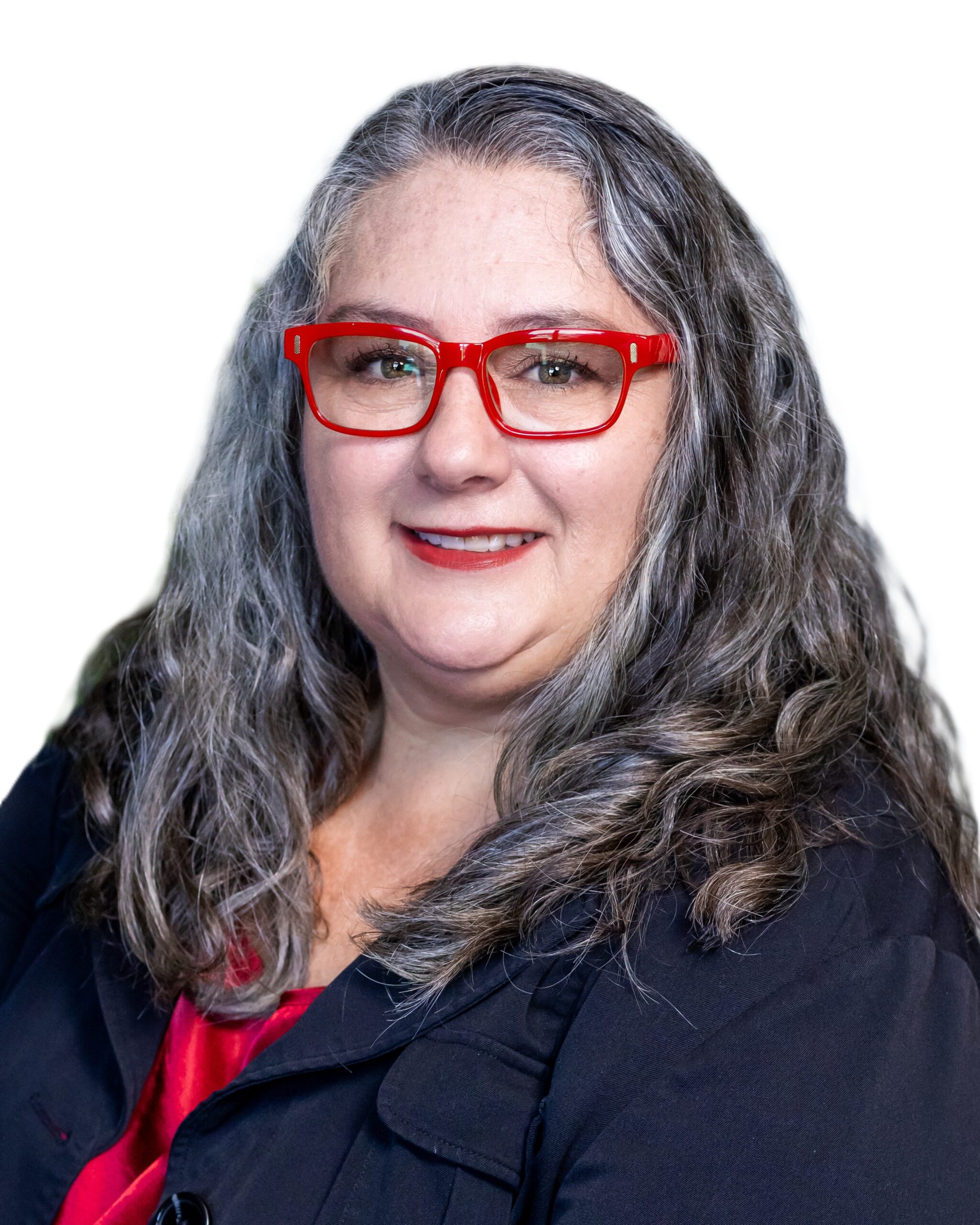
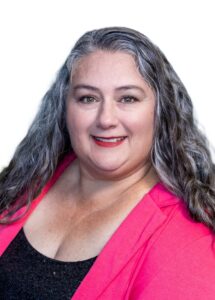
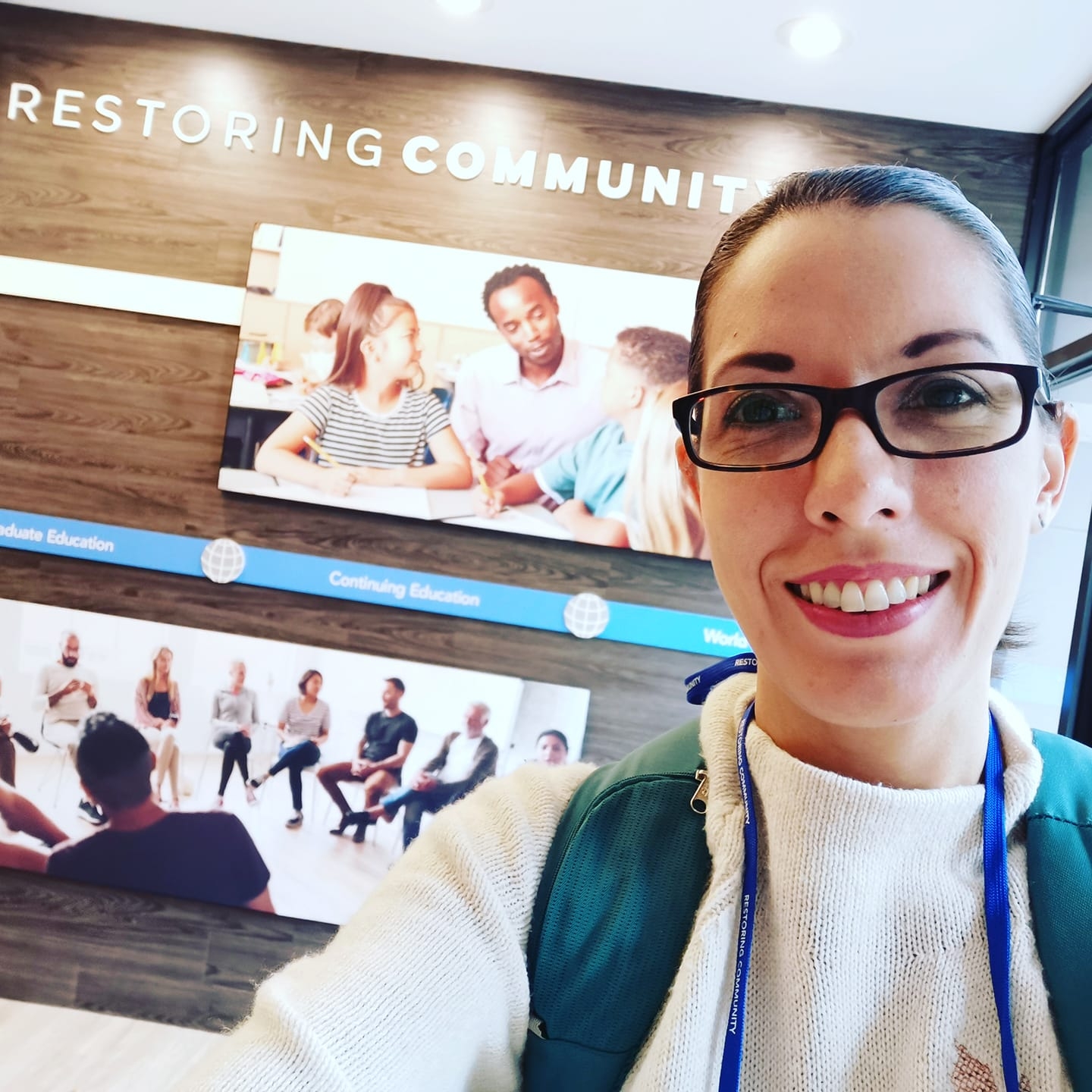
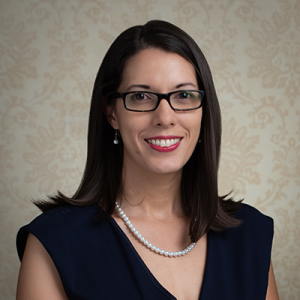 Claire de Mézerville López is a licensed psychologist from UCR (Universidad de Costa Rica). She holds a Master in Education with an emphasis on cognitive development from ITESM (Instituto Tecnológico de Estudios Superiores de Monterrey, México), and a Master of Science in Restorative Practices from the IIRP Graduate School, and is a Ph.D. ABD (all but dissertation) candidate at the Community Engagement Program at PointPark University. She is also an associate professor at Universidad de Costa Rica, and has experience as a therapist, researcher, and consultant. Claire has published papers on adolescence, restorative practices, resilience and educational psychology. Claire has worked with the IIRP since 2011, where she currently serves as a liaison to Spanish-speaking communities and organizations in Latin America and elsewhere.
Claire de Mézerville López is a licensed psychologist from UCR (Universidad de Costa Rica). She holds a Master in Education with an emphasis on cognitive development from ITESM (Instituto Tecnológico de Estudios Superiores de Monterrey, México), and a Master of Science in Restorative Practices from the IIRP Graduate School, and is a Ph.D. ABD (all but dissertation) candidate at the Community Engagement Program at PointPark University. She is also an associate professor at Universidad de Costa Rica, and has experience as a therapist, researcher, and consultant. Claire has published papers on adolescence, restorative practices, resilience and educational psychology. Claire has worked with the IIRP since 2011, where she currently serves as a liaison to Spanish-speaking communities and organizations in Latin America and elsewhere.

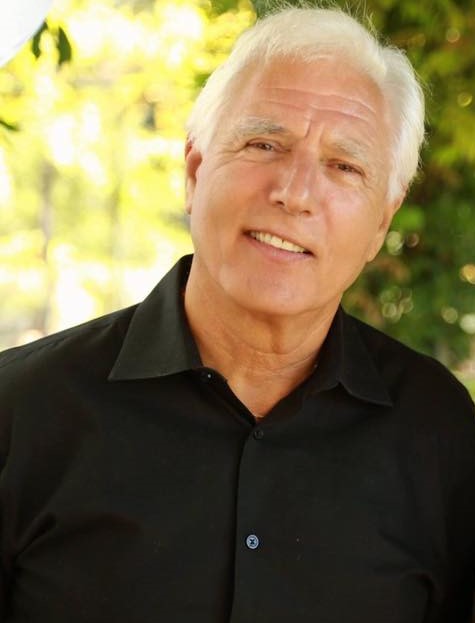
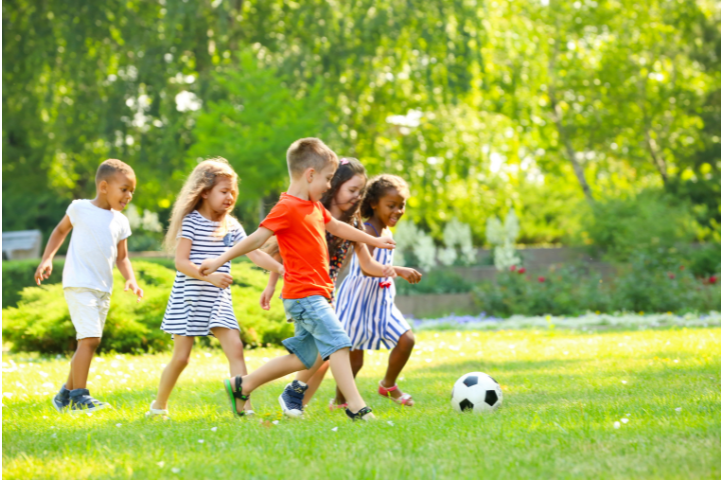
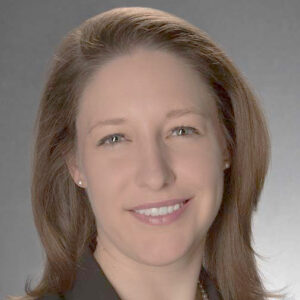 Returning guest blogger Jan Dennis is a social psychologist with a fascination for family and early childhood. When she’s not working, Jan enjoys urban gardening and spending time with her son.
Returning guest blogger Jan Dennis is a social psychologist with a fascination for family and early childhood. When she’s not working, Jan enjoys urban gardening and spending time with her son.